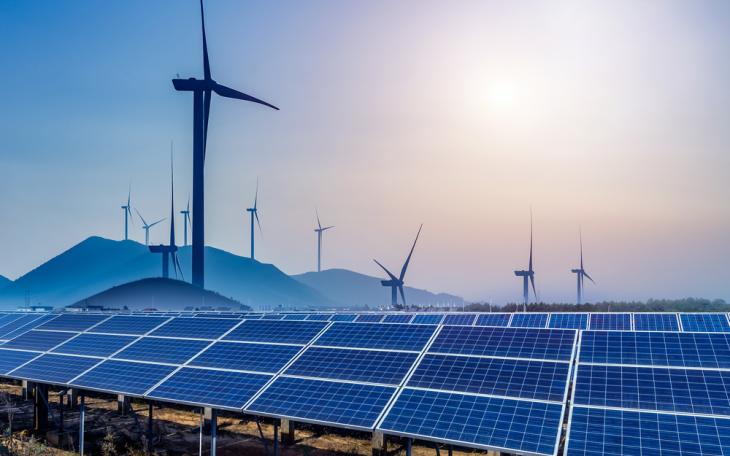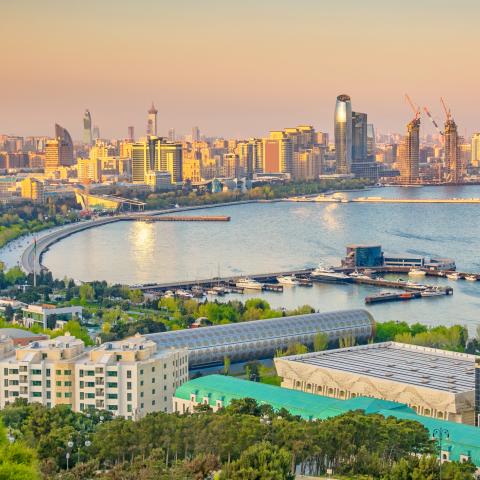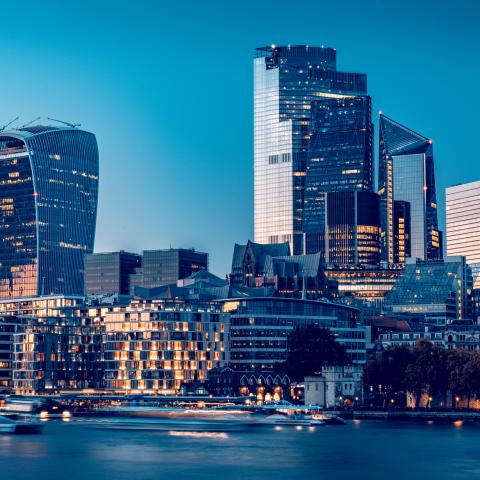Energy deadlock

The Government’s net zero drive has suffered another setback this week with the Energy Supply Strategy being delayed for a second time. Prime Minister Boris Johnson had promised the plans would be published in mid-March as part of the UK’s efforts to secure its energy supply in the wake of the Russian invasion of Ukraine, however after reports that the Treasury has resisted some of the costs, it looks likely the strategy will be announced next month.
At the heart of the standoff between No. 10 and the Treasury is a particular type of energy, with one source saying, “it all comes down to nuclear”. With an ambitious target set for nuclear to provide 25 per cent of the UK’s electricity by 2050, no one can accuse the Prime Minister of having hidden intentions. However, due to the heavy cost associated with nuclear power plants, the Chancellor has been cautious to publicly support such a big investment.
Aides close to Sunak have stated his general reluctance to publicly comment on energy proposals is not because he is a sceptic, but because he believes most of the funding will come from the private sector. Furthermore, at a Treasury Select Committee meeting, the Chancellor was keen to distance himself from the blame saying: “I’m certainly not blocking anything, and the Prime Minister is continuing to work through the details of that.” While this may be true, the continued delays to the publication of the strategy suggests there are still disagreements that need solving, which could include nuclear.
Nuclear is not the only energy supply that is causing divisions within the Cabinet. The Telegraph reported that the Business Secretary Kwasi Kwarteng is pushing to more than triple the UK’s solar power capacity by 2030, which would see around 225 square miles of space being used. The Prime Minister is also on board, having previously stated his support for easing planning restrictions on smaller scale solar projects.
In the last few years, large scale solar has become one of the more controversial energy planning routes mainly due to its impact on rural landscape. This has been fuelled by opposition from Conservative MPs in the south of England, where sites tend to be selected because of the higher solar radiation levels. The Government will have to risk some heavy opposition from both local residents and their own backbenches if they are to push forward with these ambitious solar plans. This may be a risk the Prime Minister will be willing to take to shift away from oil and gas and to ensure the long-term target of net zero by 2050 is reached.
This may seem like another episode of ‘No 10 vs the Treasury’ but with the UK heading for the biggest fall in living standards since the 1950s and an energy crisis escalated by Russia’s invasion of Ukraine, there is certainly added importance on the new strategy. With news today that the websites of major energy suppliers like British Gas and EDF have crashed on the final day to submit meter readings, pressure is also seriously mounting on the Government to step in to support households in the short term.
Once the energy strategy is published, it will have significant implications on the direction of renewable supply in the UK. It will be interesting to see if the Treasury holds strong on objections to funding.









